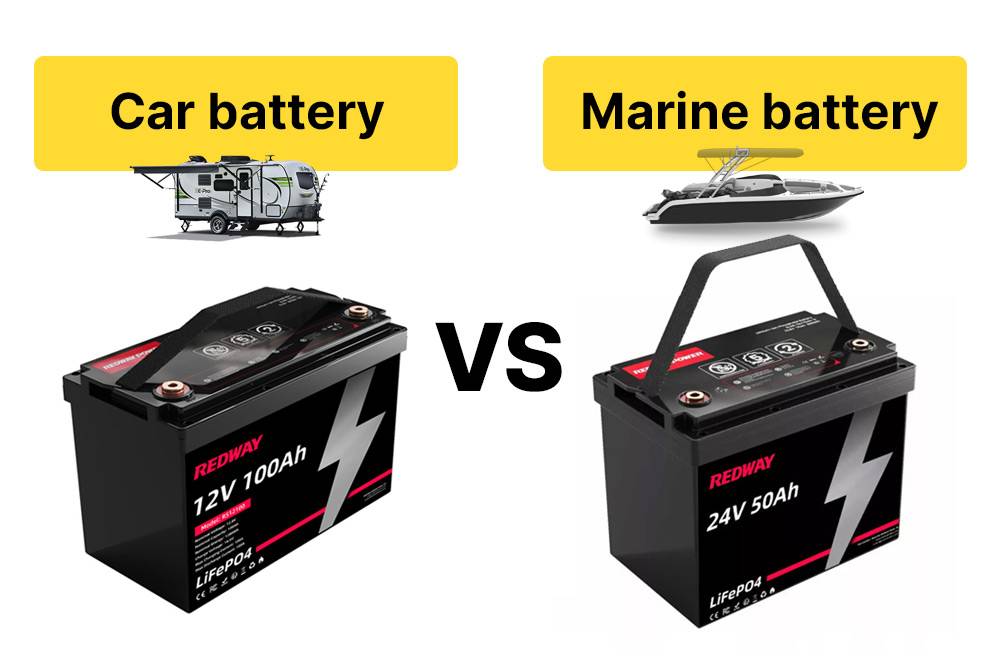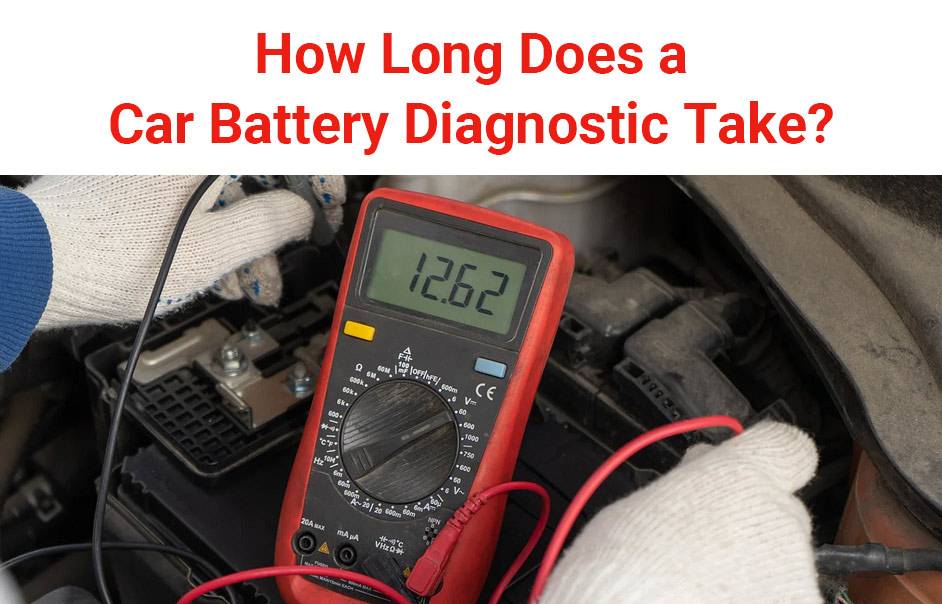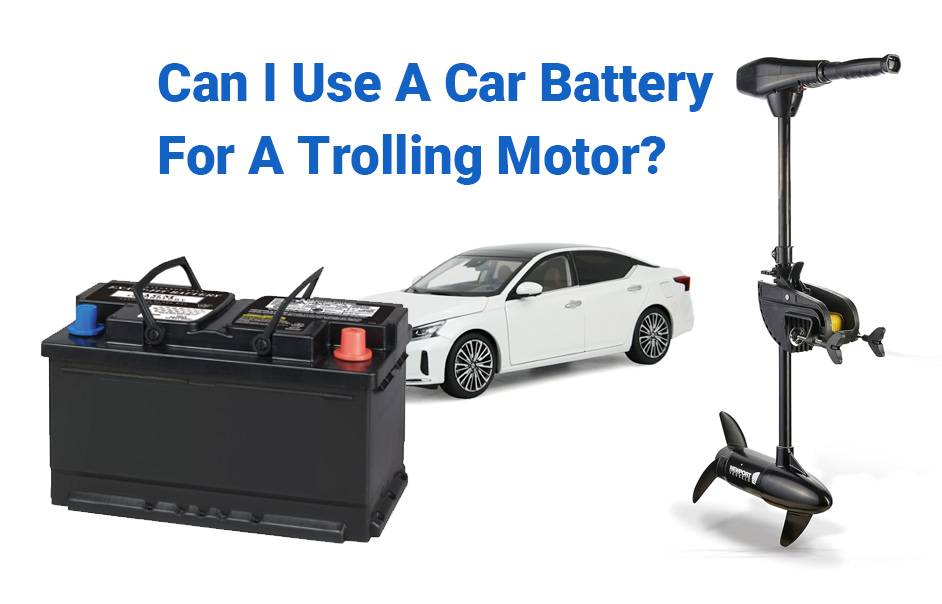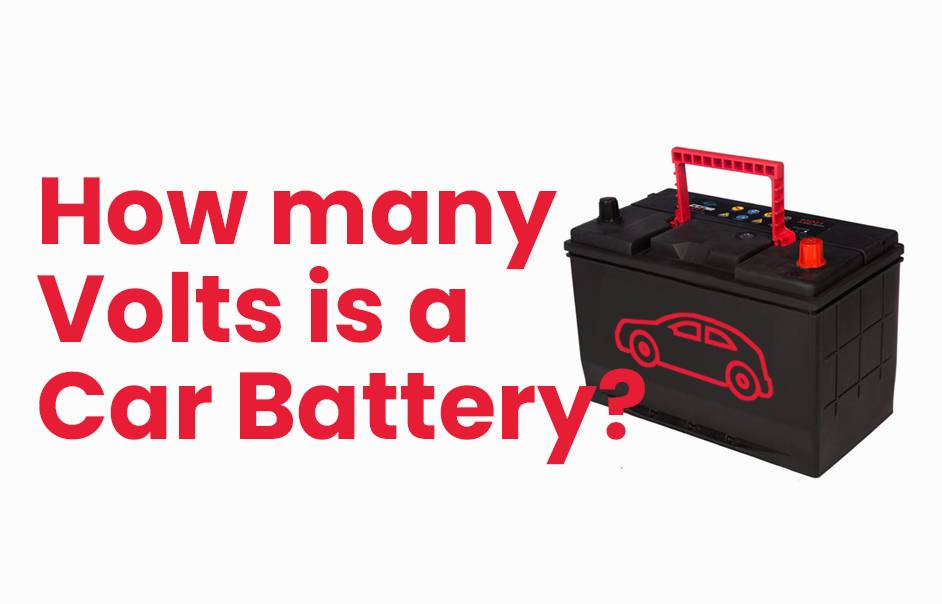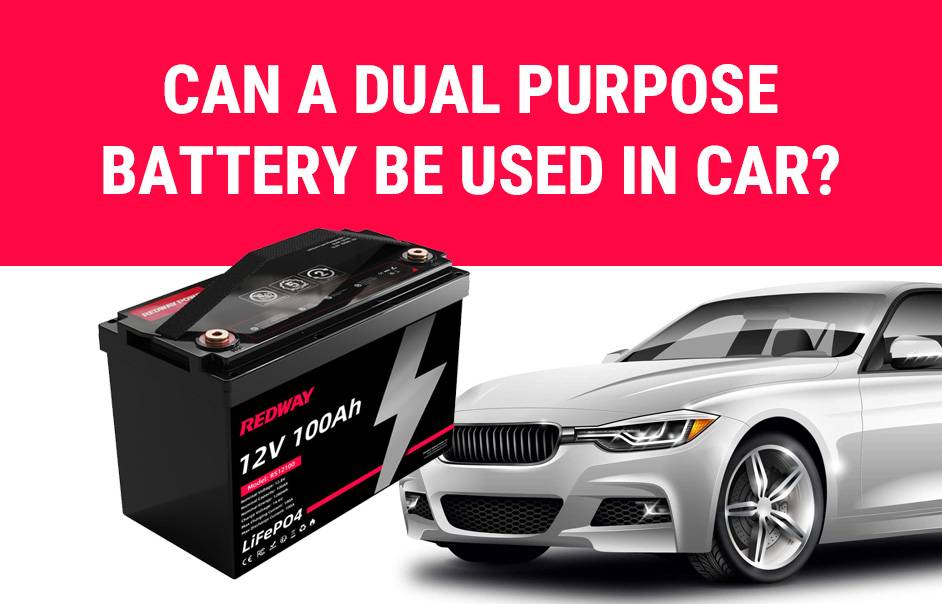- Forklift Lithium Battery
-
48V
- 48V 210Ah
- 48V 300Ah
- 48V 420Ah (949 x 349 x 569 mm)
- 48V 420Ah (950 x 421 x 450 mm)
- 48V 456Ah
- 48V 460Ah (830 x 630 x 590 mm)
- 48V 460Ah (950 x 421 x 450 mm)
- 48V 460Ah (800 x 630 x 600 mm)
- 48V 460Ah (820 x 660 x 470 mm)
- 48V 500Ah
- 48V 560Ah (810 x 630 x 600 mm)
- 48V 560Ah (950 x 592 x 450 mm)
- 48V 600Ah
- 48V 630Ah
-
48V
- Lithium Golf Cart Battery
- 12V Lithium Battery
12V 150Ah Lithium RV Battery
Bluetooth App | BCI Group 31
LiFePO4 Lithium
Discharge Temperature -20°C ~ 65°C
Fast Charger 14.6V 50A
Solar MPPT Charging - 24V Lithium Battery
- 36V Lithium Battery
- 48V Lithium Battery
-
48V LiFePO4 Battery
- 48V 50Ah
- 48V 50Ah (for Golf Carts)
- 48V 60Ah (8D)
- 48V 100Ah (8D)
- 48V 100Ah
- 48V 100Ah (Discharge 100A for Golf Carts)
- 48V 100Ah (Discharge 150A for Golf Carts)
- 48V 100Ah (Discharge 200A for Golf Carts)
- 48V 150Ah (for Golf Carts)
- 48V 160Ah (Discharge 100A for Golf Carts)
- 48V 160Ah (Discharge 160A for Golf Carts)
-
48V LiFePO4 Battery
- 60V Lithium Battery
-
60V LiFePO4 Battery
- 60V 20Ah
- 60V 30Ah
- 60V 50Ah
- 60V 50Ah (Small Size / Side Terminal)
- 60V 100Ah (for Electric Motocycle, Electric Scooter, LSV, AGV)
- 60V 100Ah (for Forklift, AGV, Electric Scooter, Sweeper)
- 60V 150Ah (E-Motocycle / E-Scooter / E-Tricycle / Tour LSV)
- 60V 200Ah (for Forklift, AGV, Electric Scooter, Sweeper)
-
60V LiFePO4 Battery
- 72V~96V Lithium Battery
- Rack-mounted Lithium Battery
- E-Bike Battery
- All-in-One Home-ESS
- Wall-mount Battery ESS
-
Home-ESS Lithium Battery PowerWall
- 24V 100Ah 2.4kWh PW24100-S PowerWall
- 48V 50Ah 2.4kWh PW4850-S PowerWall
- 48V 50Ah 2.56kWh PW5150-S PowerWall
- 48V 100Ah 5.12kWh PW51100-F PowerWall (IP65)
- 48V 100Ah 5.12kWh PW51100-S PowerWall
- 48V 100Ah 5.12kWh PW51100-H PowerWall
- 48V 200Ah 10kWh PW51200-H PowerWall
- 48V 300Ah 15kWh PW51300-H PowerWall
PowerWall 51.2V 100Ah LiFePO4 Lithium Battery
Highly popular in Asia and Eastern Europe.
CE Certification | Home-ESS -
Home-ESS Lithium Battery PowerWall
- Portable Power Stations
How To Use Baking Soda For Car Battery Maintenance: Essential Tips
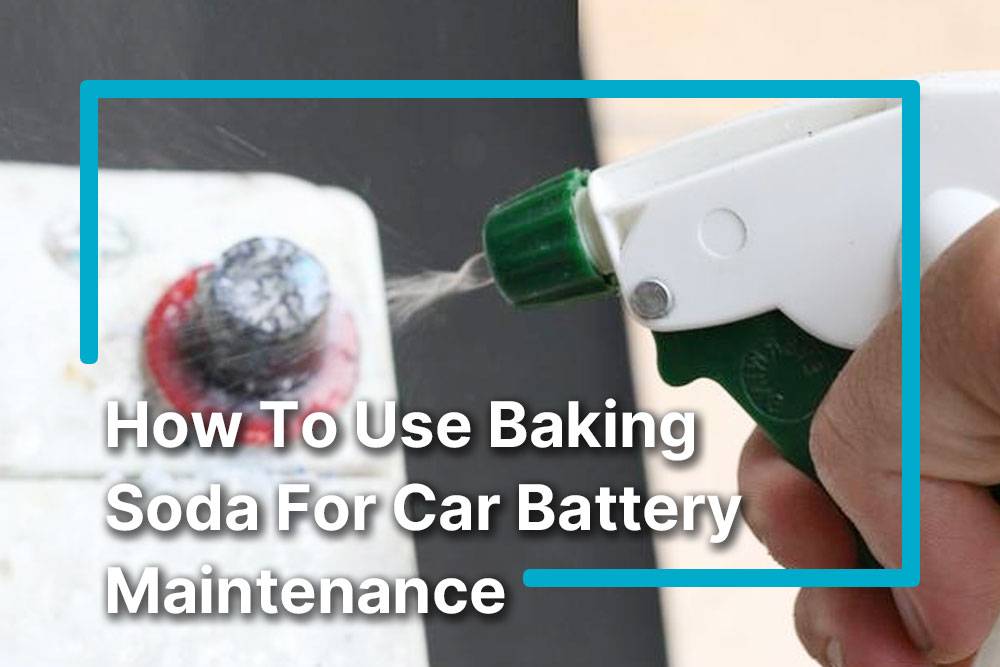
Cleaning your car battery with baking soda is an effective way to remove corrosion and ensure optimal performance. This simple household item neutralizes acid buildup and helps maintain good electrical connections, prolonging your battery’s lifespan. Regular maintenance using baking soda can prevent starting issues and enhance overall vehicle reliability.
What is the purpose of cleaning a car battery with baking soda?
The primary purpose of cleaning a car battery with baking soda is to remove corrosion that forms on the terminals. Corrosion, which appears as a white or greenish powder, can impede electrical flow and lead to poor performance or starting issues. By neutralizing the acid buildup, baking soda helps restore proper function and extends the life of the battery.
| Purpose | Description |
|---|---|
| Remove Corrosion | Prevents poor electrical connections |
| Neutralize Acid | Helps restore functionality |
| Extend Battery Life | Reduces wear and tear on terminals |
How do you prepare a baking soda solution for effective cleaning?
To prepare an effective baking soda solution for cleaning your car battery:
- Mixing Ratio: Combine 1 tablespoon of baking soda with 1 cup of hot water. For tougher corrosion, you can create a paste by using more baking soda.
- Stir Thoroughly: Ensure that the baking soda is fully dissolved in the water for optimal effectiveness.
| Ingredients | Amount |
|---|---|
| Baking Soda | 1 tablespoon |
| Hot Water | 1 cup |
What steps should you follow to clean the battery terminals properly?
Follow these steps to clean your car battery terminals effectively:
- Safety First: Turn off your vehicle and wear gloves and safety goggles.
- Disconnect the Battery: Remove the negative terminal first (black) followed by the positive terminal (red).
- Apply Solution: Using an old toothbrush or rag, apply the baking soda solution generously onto the corroded areas.
- Scrub Gently: Scrub away any visible corrosion; bubbling indicates that the solution is working.
- Rinse Thoroughly: Rinse off excess solution with clean water, ensuring no residue remains.
- Dry Completely: Wipe down with a dry cloth or let it air dry before reconnecting.
| Step | Action |
|---|---|
| Safety Precautions | Wear gloves and goggles |
| Disconnect | Remove negative terminal first |
| Apply Solution | Generously apply baking soda mixture |
| Scrub | Use an old toothbrush to scrub |
| Rinse | Rinse off with clean water |
| Dry | Wipe down or air dry before reconnecting |
How can you prevent future corrosion on your car battery?
To prevent future corrosion on your car battery, consider these tips:
- Apply Petroleum Jelly: After cleaning, apply a thin layer of petroleum jelly or Vaseline on the terminals to create a protective barrier against moisture.
- Regular Inspections: Check your battery every few months for signs of corrosion or wear.
- Keep It Clean: Maintain cleanliness in your engine bay; dirt and grime can contribute to corrosion.
- Use Terminal Protectors: Consider using commercial terminal protectors that prevent buildup.
| Prevention Method | Description |
|---|---|
| Petroleum Jelly | Creates moisture barrier |
| Regular Inspections | Helps catch issues early |
| Clean Engine Bay | Reduces dirt accumulation |
| Terminal Protectors | Prevents future corrosion |
What precautions should be taken while cleaning a car battery?
When cleaning your car battery, it’s essential to take certain precautions:
- Wear Protective Gear: Always wear gloves and safety goggles to protect against acid splashes.
- Work in a Ventilated Area: Ensure adequate ventilation when working with batteries due to potential gas emissions.
- Avoid Water in Vents: Be careful not to let water enter any vents or openings in the battery.
- Inspect for Damage: Before cleaning, check for any physical damage; if cracks are present, consider replacing the battery.
| Precaution | Description |
|---|---|
| Protective Gear | Wear gloves and goggles |
| Ventilation | Work in an open area |
| Avoid Water in Vents | Prevent water from entering vents |
| Inspect Damage | Check for cracks before proceeding |
Industrial News
Recent advancements in automotive maintenance have highlighted the importance of regular battery care using simple household items like baking soda. Many automotive experts emphasize that routine checks and preventive measures can significantly extend battery life and enhance vehicle reliability. Additionally, manufacturers are developing more robust batteries designed to resist corrosion better, further reducing maintenance needs.
Redway Power Insights
“Using baking soda for car battery maintenance is not only effective but also cost-efficient,” says industry expert John Doe from Redway Power. “Regularly maintaining your battery can save you from unexpected breakdowns and costly replacements.”
FAQ Section
Q1: How often should I clean my car battery?
A1: It’s recommended to clean your car battery every six months or whenever you perform routine maintenance.Q2: Can I use vinegar instead of baking soda?
A2: While vinegar can be used, baking soda is preferred as it neutralizes acid without leaving sticky residues.Q3: Is it safe to pour water directly onto my car’s battery?
A3: Avoid pouring water directly onto the battery; instead, use a damp cloth or rinse carefully without letting water enter vents.Q4: What should I do if my terminals are heavily corroded?
A4: If corrosion is excessive, consider replacing corroded terminals or consult a professional mechanic for assistance.
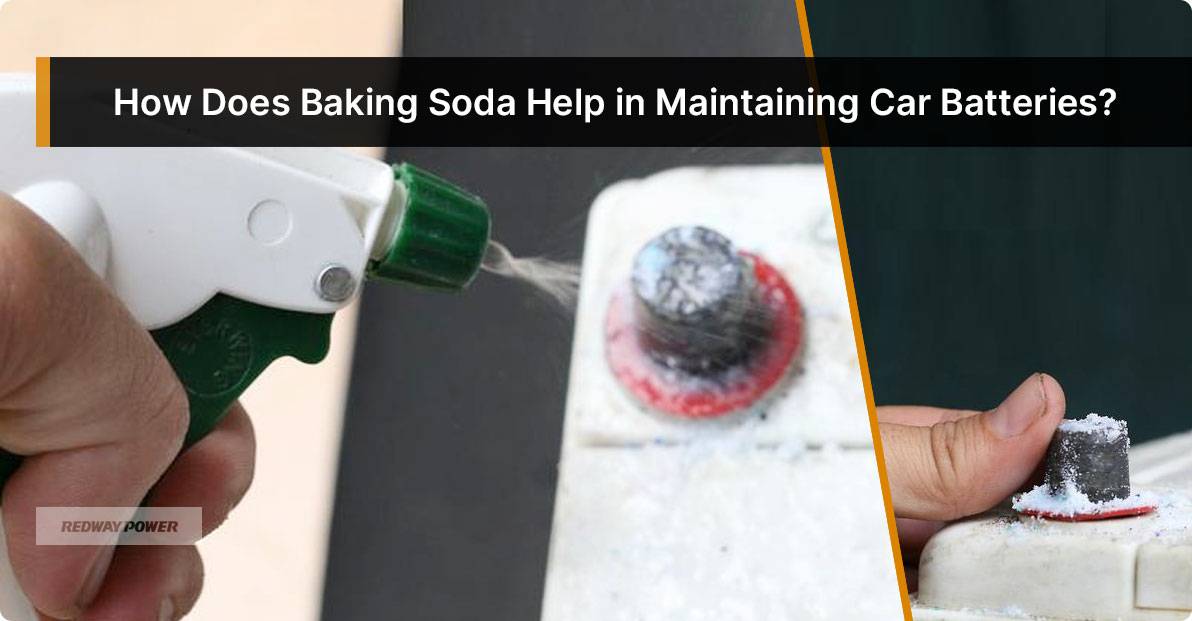
How to pick the best trolling motor battery for a boat?
When picking the best trolling motor battery for a boat, choose a 12-volt deep cycle marine battery with at least a 110 amp hour rating, such as Group 27 or larger. These batteries provide extended run time for your trolling motor. Consider the weight, compatibility with your boat’s electrical system, and the power requirements of your motor. Opt for a high-quality battery to ensure reliable performance on the water.
How long do golf cart batteries last and how to maintain them?
Golf cart batteries last four to six years on average if well-maintained. Keep them charged regularly and refill with distilled water if needed. Clean the terminals to prevent corrosion. Store in a cool, dry place when not in use. Avoid overcharging or undercharging. Follow these maintenance practices to extend the lifespan of your golf cart batteries.
How to clean car battery terminals corrosion Cheap and EASY with baking soda Car maintenance
How to protect a battery from corrosion using professional products?
Protect your battery from corrosion using professional products. Use a spray battery protector to prevent buildup on terminals and cables. Apply anti-corrosion gel directly to the terminals. Install felt terminal protectors for added protection. These professional products help safeguard your battery from corrosion, ensuring optimal performance and longevity.
What causes car battery corrosion and how to stay safe when cleaning it?
Car battery corrosion is caused by the release of hydrogen gas from the battery acid. To clean it safely, create a cleaning solution using baking soda and distilled water. Gently brush away the corrosion, taking care not to touch the battery acid. Wear protective gloves and eyewear for safety. Prevent corrosion by using protective treatments and keeping the battery clean. Safely cleaning battery corrosion helps maintain optimal battery performance.
What are some professional products for cleaning battery corrosion?
Common signs that a car battery needs to be replaced include slow crank, dimming headlights, flickering dashboard lights, slow window operation, presence of corrosion on the battery terminals or cables, and a bulging battery case. These signs indicate a potential battery issue that may require replacement.
How to clean battery corrosion safely?
To extend the lifespan of your car battery, avoid short trips, don’t let your car sit idle for too long, drive longer distances, keep battery terminals clean, secure the battery tightly, turn off accessories when not in use, and regularly test the battery. These tips can help maximize the life of your car battery and ensure reliable performance.















